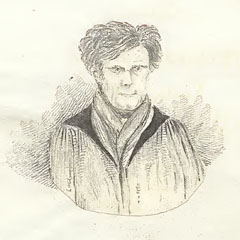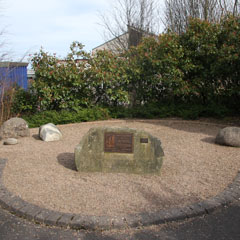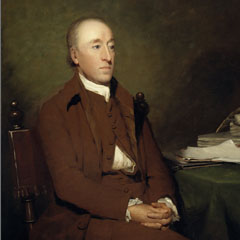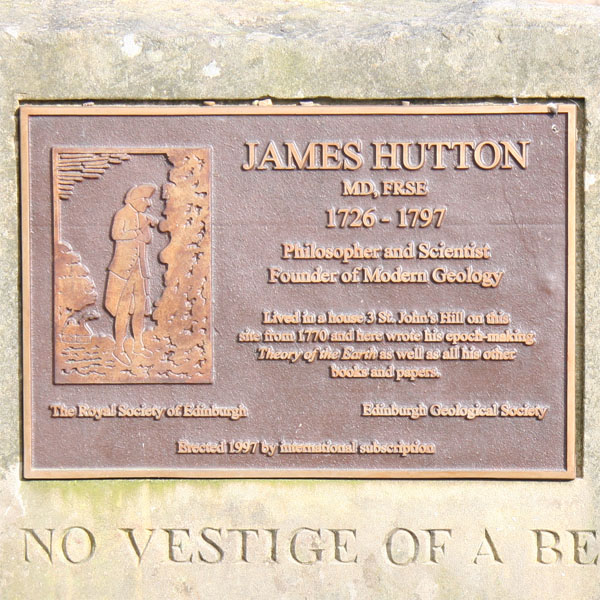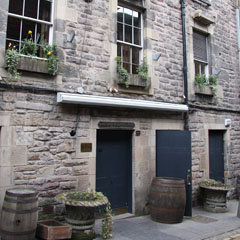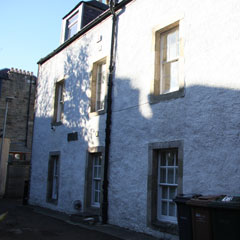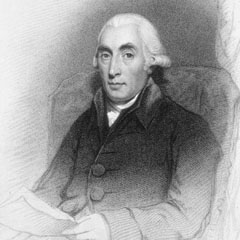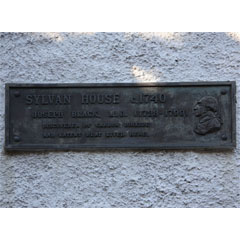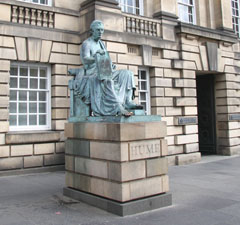 The Royal Mile, Edinburgh EH1 1RN
The Royal Mile, Edinburgh EH1 1RN
David Hume (1711–76), incongruously portrayed in this statue as an ancient Greek philosopher rather than a mid-eighteenth-century man of letters, is perhaps the best known figure of the Scottish Enlightenment. In the eighteenth century Edinburgh witnessed an unprecedented flowering of science, literature and philosophy. Hume was a contemporary of Adam Smith (1723–90), the great political economist, Adam Ferguson (1721–1816), the social theorist, Joseph Black (1727–99), the pioneering chemist and James Hutton (1726–97), the geologist. These figures all knew each other and socialised together in the convivial atmosphere of Edinburgh’s many clubs and hostelries. Together they helped develop many of the ideas and theories that made the modern world.
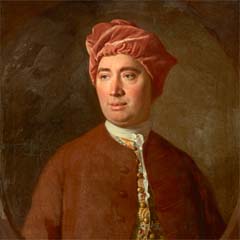
Portrait of David Hume (1711–1776) by Allan Ramsay.
Find out more
- BBC – Great thinkers of the Scottish Enlightenment
- British Council – Scottish Enlightenment
- Stanford Encyclopedia of Philosophy – Scottish Philosophy in the Eighteenth Century

 Melville Dr, Edinburgh EH9 9EX
Melville Dr, Edinburgh EH9 9EX 2 Waterloo Place, Edinburgh EH1 3EG
2 Waterloo Place, Edinburgh EH1 3EG



 128 George Street, Edinburgh EH2 4JZ
128 George Street, Edinburgh EH2 4JZ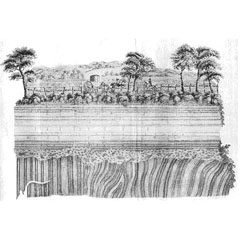
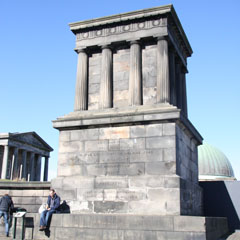
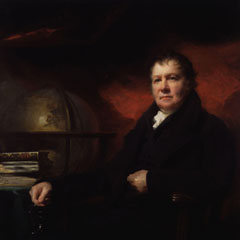
 Radical Road, Edinburgh EH8 8AL
Radical Road, Edinburgh EH8 8AL


